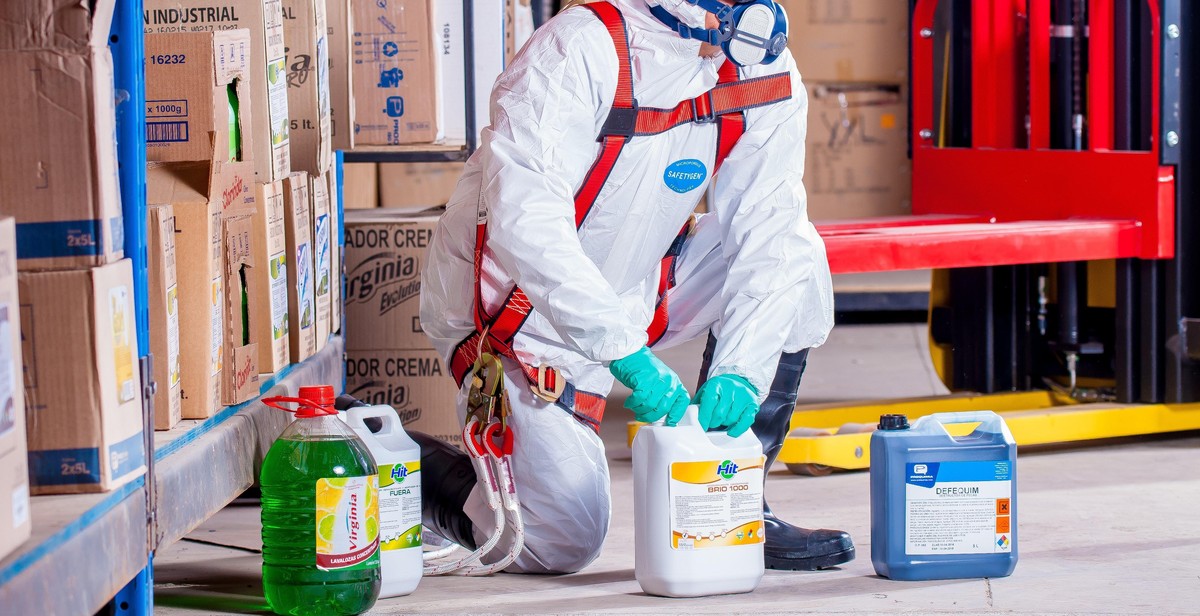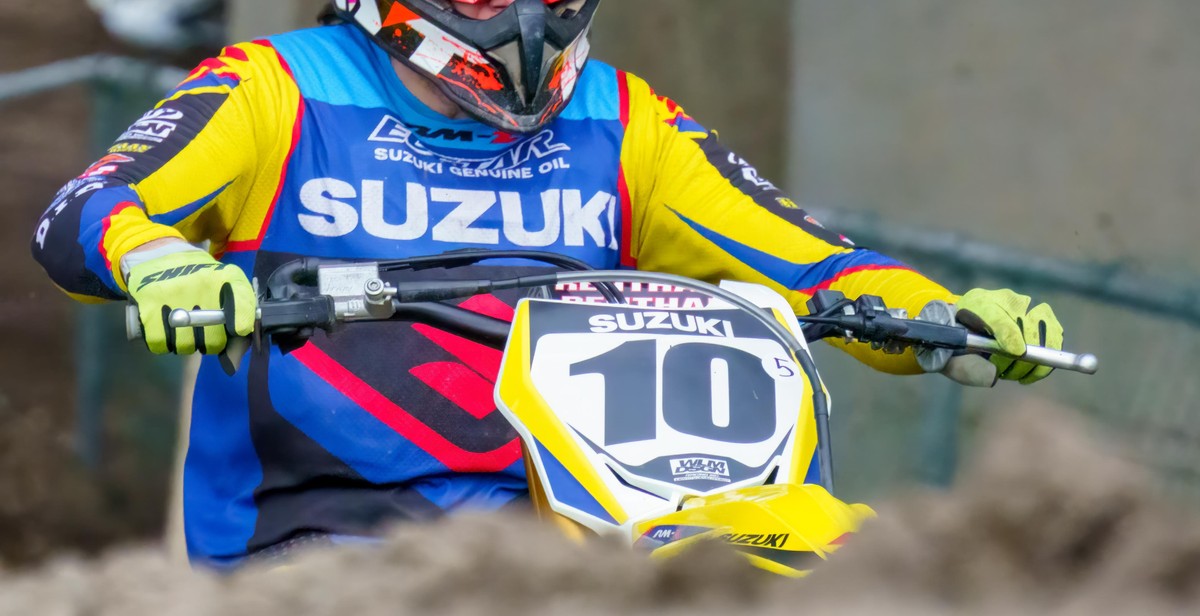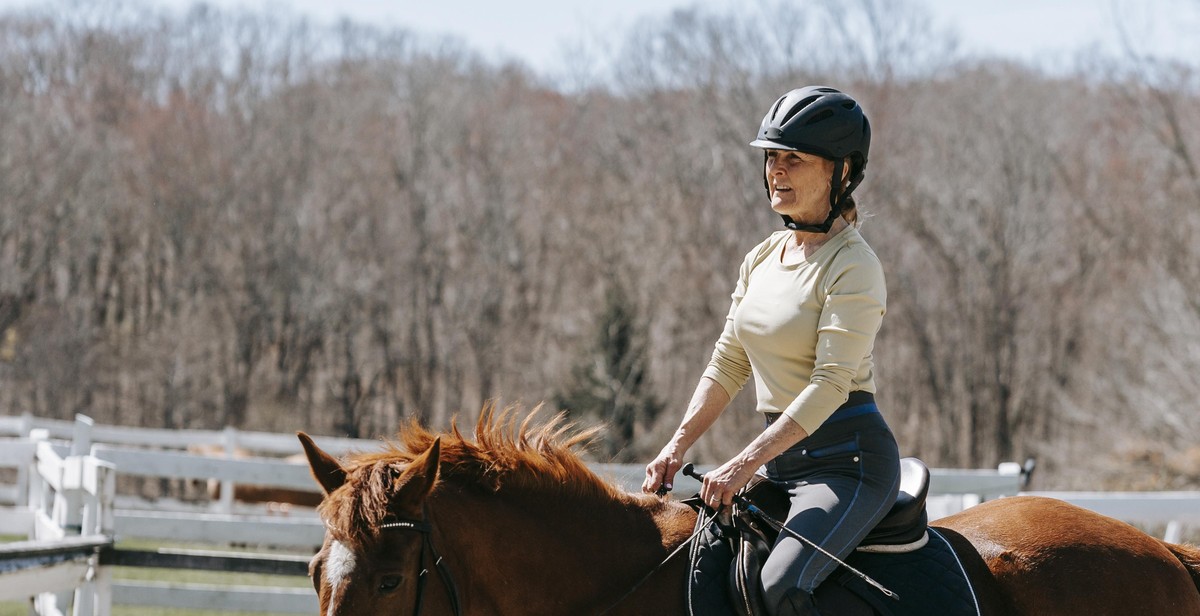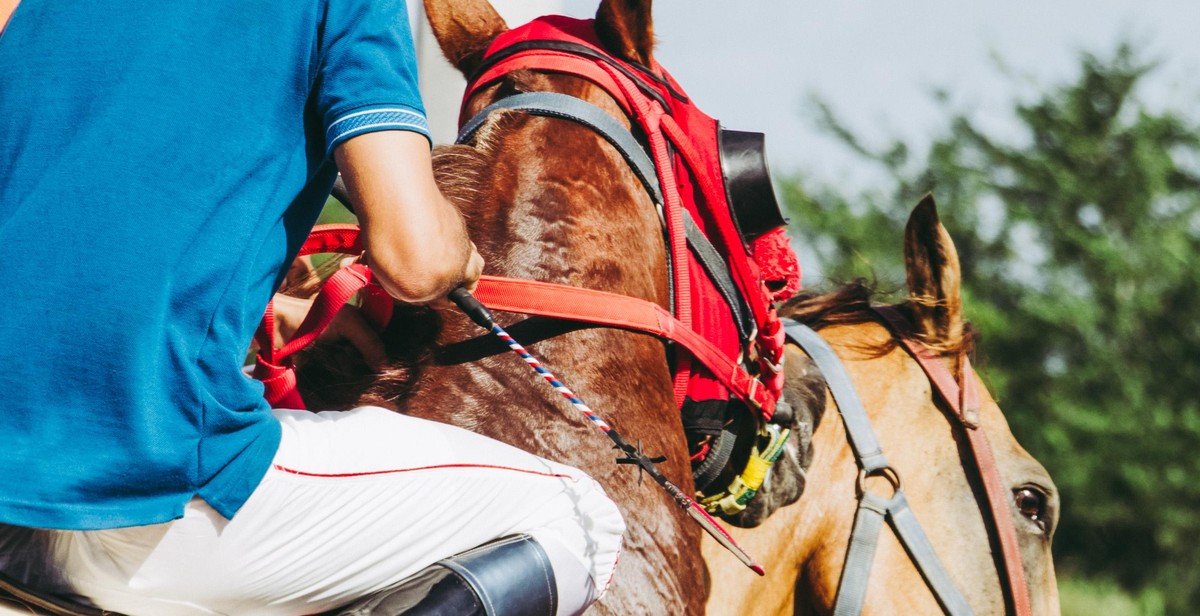How to Choose the Right Horse Riding Helmet: Safety Tips and Helmet Selection Guide
As an experienced equestrian, I know firsthand the importance of wearing a properly fitting and certified horse riding helmet. Whether you are a beginner or a seasoned rider, wearing a helmet is essential for your safety while riding. A good quality helmet can protect your head from serious injury in the event of a fall or accident.
However, choosing the right horse riding helmet can be overwhelming, given the wide variety of brands, styles, and sizes available in the market. In this guide, I will provide you with valuable safety tips and a helmet selection guide to help you make an informed decision.
Why is wearing a helmet important?
According to the American Medical Equestrian Association, wearing a helmet can reduce the risk of head injury by up to 80%. Head injuries can be severe and life-threatening, and wearing a helmet is the simplest and most effective way to protect yourself while riding.
What should you look for in a horse riding helmet?
When choosing a horse riding helmet, there are several factors to consider, including the fit, certification, ventilation, and style. In this guide, we will discuss each of these factors in detail to help you choose the right helmet for your needs.
How to measure your head for a helmet?
Before buying a helmet, you need to measure your head to ensure a proper fit. To do this, use a soft tape measure and measure the circumference of your head just above your eyebrows and ears. Refer to the manufacturer’s size chart to find the right size for your head.
By following the safety tips and helmet selection guide in this article, you will be able to choose the right horse riding helmet that fits you properly and provides maximum protection while riding.
Why Wearing a Helmet is Important
As an experienced horse rider, I cannot stress enough how important it is to wear a helmet while riding. Not only is it required by most riding facilities, but it can also save your life in the event of an accident.
Statistics on Horse Riding Accidents
According to the Centers for Disease Control and Prevention, horse riding accidents are a leading cause of traumatic brain injuries in the United States. In fact, between 2001 and 2005, there were an estimated 78,279 emergency department visits for horse riding-related injuries, with 30% of those being head injuries.
Furthermore, a study published in the Journal of Neurosurgery found that wearing a helmet while horse riding reduced the risk of traumatic brain injury by 70%.
How a Helmet Can Protect You
A helmet is designed to absorb the impact of a fall or collision, protecting your head from serious injury. It can also protect your face from cuts and scratches. Even if you are an experienced rider, accidents can happen at any time, so it’s important to always wear a helmet.
When choosing a helmet, make sure it meets safety standards and fits properly. A helmet that is too loose or too tight can be ineffective in protecting you from injury.
Remember, wearing a helmet is not only important for your own safety, but also for the safety of those around you. So, always make sure to wear a helmet when riding a horse.
Types of Horse Riding Helmets
When it comes to horse riding helmets, there are various types to choose from. Each type of helmet has its own unique features and is designed for a specific type of riding. Here are the most common types of horse riding helmets:
Traditional Helmets
Traditional helmets are also known as English helmets. They are commonly used for horse riding disciplines such as dressage, show jumping, and eventing. These helmets typically have a low profile and a smooth, round shape. They are designed to offer maximum protection to the back of the head and the sides of the head. Traditional helmets are often made of lightweight materials such as fiberglass or carbon fiber.
Western Helmets
Western helmets are designed for riders who prefer Western-style riding. They are typically larger and heavier than traditional helmets and offer more protection to the back of the head. Western helmets often have a visor to protect the rider’s face from the sun. They are made of durable materials such as leather and are designed to withstand the rigors of Western-style riding.
Cross-Country Helmets
Cross-country helmets are designed for riders who participate in cross-country riding. These helmets are similar in design to traditional helmets but offer more protection to the front of the head and the face. Cross-country helmets often have a visor to protect the rider’s eyes from the sun and branches. They are made of lightweight materials such as polycarbonate and are designed to be comfortable and breathable.
Before choosing a horse riding helmet, it is important to consider the type of riding you will be doing and the level of protection you need. Always choose a helmet that meets safety standards and fits properly for maximum protection.

Helmet Safety Standards
When it comes to choosing the right horse riding helmet, safety should be your top priority. This means selecting a helmet that meets or exceeds the industry’s safety standards. Two of the most commonly recognized safety standards are ASTM/SEI Certification and CE Marking.
ASTM/SEI Certification
The American Society for Testing and Materials (ASTM) and the Safety Equipment Institute (SEI) have developed a set of standards for equestrian helmets. These standards are based on rigorous testing and are regularly updated to reflect the latest safety research. Helmets that meet ASTM/SEI Certification have been proven to provide reliable protection against head injuries in the event of a fall.
CE Marking
CE Marking is a safety standard developed by the European Union. It indicates that a product meets the EU’s health, safety, and environmental protection requirements. In order to receive CE Marking, a helmet must pass a series of tests, including impact resistance, retention system strength, and penetration resistance.
When selecting a horse riding helmet, look for one that has either ASTM/SEI Certification or CE Marking. This will ensure that the helmet meets the highest safety standards and will provide you with reliable protection while riding.

Helmet Fit and Sizing
One of the most important aspects of selecting a horse riding helmet is ensuring a proper fit. Wearing a helmet that is too loose or too tight can compromise its ability to protect your head in the event of a fall or impact.
Importance of Proper Fit
A properly fitting helmet should sit snugly on your head without feeling uncomfortable or too tight. If the helmet is loose, it may shift or fall off in the event of a fall. On the other hand, a helmet that is too tight can cause discomfort and headaches, making it difficult to focus on riding.
How to Measure Your Head for a Helmet
To measure your head for a helmet, use a soft measuring tape and wrap it around the widest part of your head, just above your eyebrows and ears. Take note of the measurement in centimeters.
Helmet Sizing Chart
Once you have your head measurement, consult the manufacturer’s sizing chart to determine the appropriate helmet size for you. Keep in mind that different manufacturers may have slightly different sizing charts, so it is important to check each one before making a purchase.
| Helmet Size | Head Circumference (cm) |
|---|---|
| Small | 52-56 |
| Medium | 56-58 |
| Large | 58-61 |
Remember that a helmet should fit snugly, but not be so tight that it causes discomfort. If you are unsure about your helmet size or fit, consult with a professional or try on several different sizes before making a purchase.

Helmet Features to Consider
When selecting a horse riding helmet, there are several features to consider to ensure optimal safety and comfort. Here are some of the most important features to look out for:
Ventilation
Proper ventilation is crucial for keeping your head cool and comfortable during long rides. Look for helmets with multiple air vents that allow for maximum airflow. This will help prevent overheating and reduce the risk of heat-related injuries.
Visor
A visor is an important feature to consider, as it helps protect your face and eyes from the sun, wind, and rain. Look for helmets with a sturdy and adjustable visor that provides ample coverage and can be easily removed or replaced if needed.
Chin Strap
The chin strap is a critical component of your horse riding helmet, as it keeps the helmet securely in place and prevents it from slipping or falling off during a ride. Make sure the chin strap is adjustable and fits snugly under your chin without causing discomfort or irritation.
Padding
The padding inside your helmet plays a crucial role in ensuring a comfortable and secure fit. Look for helmets with soft and breathable padding that conforms to the shape of your head and provides ample cushioning. It’s also important to make sure the padding is removable and washable for easy maintenance.
By considering these features when selecting your horse riding helmet, you can ensure optimal safety, comfort, and performance during your rides.

When to Replace Your Helmet
A horse riding helmet should be replaced after a certain period of time or if it has been involved in a significant impact. Here are some factors to consider:
Age of the Helmet
The age of your helmet is a crucial factor when deciding whether to replace it. Most manufacturers recommend replacing your helmet every 3 to 5 years, even if it has not been involved in an accident. Over time, the materials used to make the helmet can deteriorate, compromising its ability to protect your head in the event of an accident.
Impact or Damage
If your helmet has been involved in a significant impact, it should be replaced immediately. Even if the damage is not visible, the structural integrity of the helmet may have been compromised, making it less effective in protecting your head in the future. Additionally, if your helmet has been dropped or hit hard, it should be inspected for any damage before being used again.
| Replace your helmet if it has been: | Do not replace your helmet if it has been: |
|---|---|
| Involved in an accident | Dropped lightly on the ground |
| Hit hard by a branch or object | Exposed to extreme temperatures or chemicals |
| Cracked or damaged in any way |
Remember, your helmet is the most important piece of safety equipment when horse riding. Make sure to keep it in good condition and replace it when necessary to ensure the best possible protection for your head.
Conclusion
Choosing the right horse riding helmet is crucial for your safety while riding. It is important to consider the material, fit, and certifications of a helmet before purchasing one. A good quality helmet can save your life in case of an accident.
When selecting a helmet, make sure it fits you properly and is comfortable to wear. It should not be too tight or too loose, and should not move around on your head. It is also important to choose a helmet that is appropriate for your riding discipline.
Remember to replace your helmet after any significant impact, even if it does not appear to be damaged. Helmets are designed to absorb the force of one impact only, and may not provide adequate protection in a subsequent accident.
Investing in a high-quality helmet is a small price to pay for the safety and protection it provides. Don’t take chances with your life – choose the right helmet for your needs and ride with confidence knowing that you are taking the necessary precautions to stay safe.
- Choose a helmet that meets safety standards such as ASTM or SEI certifications.
- Make sure the helmet fits properly and is comfortable to wear.
- Replace your helmet after any significant impact, even if it doesn’t appear to be damaged.
- Invest in a high-quality helmet for your safety and protection.
By following these safety tips and helmet selection guide, you can ensure that you are choosing the right helmet for your needs and staying safe while enjoying your horse riding activities.
